Subodh Gupta at Monnaie de Paris, 13 April – 26 August
New Delhi-based Subodh Gupta has made a career out of rendering the ordinary extraordinary, principally through the way he organises accumulations of everyday cooking vessels and utensils into largescale symbolic structures such as skulls and mushroom clouds. Yet while his works are visually spectacular, they’re more than mere nourishment for follower-hungry Instagram accounts. Atomised, his sculptures evoke histories of individual meals prepared and shared in a manner that at the same time suggests harmony (individual elements coming together to form a bigger picture) and conflict (that picture often suggests violence of one sort or another). Of course, in many respects those poles represent the problem of living with other people: an issue that in a place as culturally, ethnically and religiously diverse as India can often be acute (particularly in light of the recent rise of Hindu nationalism within the country and attendant beef bans). Although anyone who participated in his Cooking the World project in the Unlimited section of last year’s Art Basel (yeah, yeah, we’ll get to the Asian incarnation of contemporary art’s mammon shortly), in which the artist offered ‘viewers’ food he’d prepared in a kitchen constructed out of his signature materials, will have felt more of the harmony than the conflict. This April sees the opening of Gupta’s first retrospective in France, at the Monnaie de Paris. As well as the monumental works, look out for some of Gupta’s recent experiments with sound and enjoy the delicious irony of his exhibiting in an institution created (way back in 864 CE) to turn metal into objects of desire, worth and economic exchange.
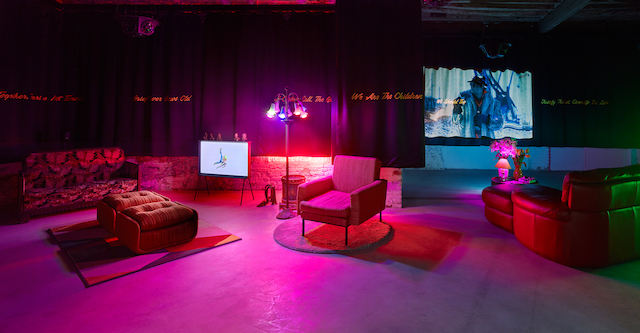
Samson Young at M+ Pavilion, Hong Kong, through 6 May
Economic exchange of the charitable kind forms the backdrop to Samson Young’s Songs for Disaster Relief World Tour, which brings the Hong Kong-based artist’s exhibition at the SAR’s pavilion at the 2017 Venice Biennale back to home soil. The body of work on show at the M+ Pavilion riffs off the fad for charity pop singles aimed at raising awareness of and somehow curing the world’s social and economic ills. Although primarily noted for his use of sound as a medium, here Young uses a variety of media to create a sensory experience that explores the latent political and social structure originally projected during the Thatcher–Reagan era (the heyday of the charity song) and the prejudice and inequality it embodies and perpetuates. More than that he explores the ways in which the medium of song articulates relations between the self and the other, and acts as a medium to express, but also perhaps to suppress, issues of empathy, emotion and social concern.
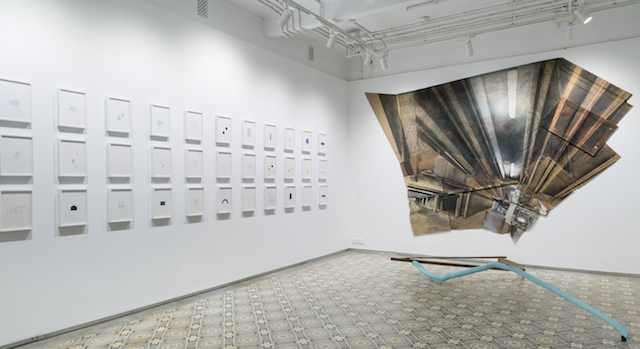
I wish to let you fall out of my hands (Chapter II) at Experimenter at Ballygunge Place, Kolkata, through 30 April
While you and I can’t be in two places at once, it’s something that’s entirely possible for an artist or a gallerist. Hence Kolkata’s Experimenter gallery is opening a second space in the city at Ballygunge Place and inaugurating it with a group show, I wish to let you fall out of my hands (Chapter II), that includes work by Young. (Chapter I, in case you were wondering, is on show at the gallery’s Hindustan Road space.) The exhibition’s curatorial premise revolves around the fall of a thought or emotion to engender a collapse that might result in its reexamination or reconstruction. What the hell does that look like? Well, Experimenter has assembled works in a variety of media by eight of the artists it represents to show you. Among the exhibitors are influential nonagenarian Indian artist Krishna Reddy, who shows drawings from the 1950s articulating various experiments with form, and (at the other end of the age scale) Dhaka-based Ayesha Sultana, whose hypnotic watercolours follow her interest in material, movement and distance (and, fundamentally, form). Young’s offering is in the form of a drawing that explores (and probably devours) the conventions of musical notation.
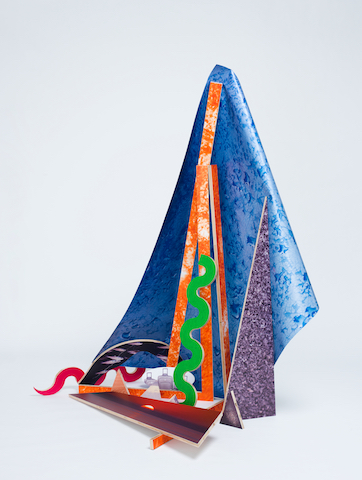
Emerald City at K11 Art Foundation, Cosco Tower, Hong Kong, through 22 April & Chi Art Space, Hong Kong, through 31 May
Heading over to a real Hong Kong powerhouse (and ArtReview Asia’s partner on its Future Greats project – next instalment coming this summer), the K11 Foundation is hosting Emerald City. The two-part show (yes, exhibitions can be in two different places at the same time too) curated by the foundation’s recently installed artistic director, Venus Lau (formerly artistic director of OCAT Shenzhen), offers work by 40 artists in a variety of media exploring the ways in which geometry, geography and its relation to global networks of knowledge-sharing influence our sense of location within the world. As you’d expect from a foundation that has built its reputation on forging networks between China and the international art scene, as well as developing the careers of young artists within the Greater China region, the works on show span creations by 1980s Neo-Geo stars Ashley Bickerton and Peter Halley through to new commissions by the current generation of Chinese artists, including Shanghai-based sculptor Zhang Ruyi and Guangzhou-based twin-sister duo Mountain River Jump! As importantly, the exhibition marks a new phase in K11’s evolution, being the first of its exhibitions to be internally conceived and curated.
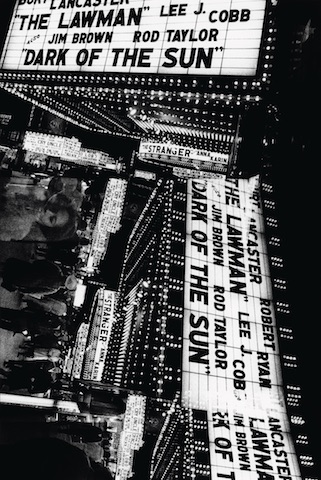
Daido Moriyama at Each Modern, Taipei, through 28 April
While we’re on the subject of ‘the new’, Taipei welcomes a new gallery space this March in the form of Each Modern. Its opening show, Radiation, however, features work by a Japanese artist whose reputation was built during the late 1960s and 1970s and consequently, by the up-to-the-minute standards of the contemporary artworld, is something of a known entity: something old. Ouch! That cutting edge hurts. During the late 1960s photographer Daido Moriyama (who was, incidentally, the first Japanese photographer to be awarded the International Center of Photography’s Lifetime Achievement Award) was associated with Japan’s cult photography magazine Provoke, whose are-bure-boke aesthetic (grainy/rough) remains a significant influence on young photographers today. The Taipei show will feature eight new lightbox works in which Moriyama reinterprets some of his iconic images, bringing new light to bear on his classic scenes of the darker aspects of urban life. Both old and new, then: everyone should be happy.
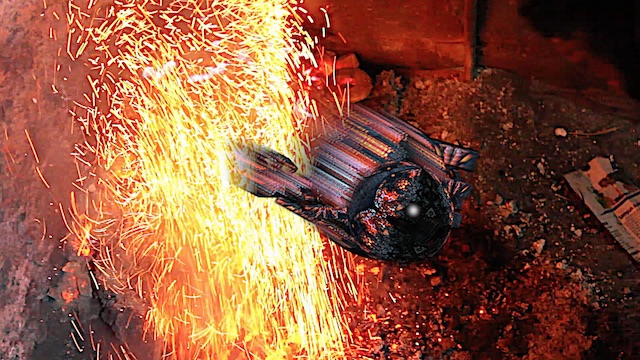
Nil Yalter at Galerist, Istanbul, through 21 April
If the show’s title – Kara Kum – is anything to go by, then the latest exhibition by Paris-based Turkish artist Nil Yalter will be darker still. A leading light of the French feminist movement in art during the 1970s, Yalter built her reputation on a series of works (chiefly in the form of drawings, videos, photographic collages and performances) exploring the role of women in society and the plight of migrants and refugees. Kara kum, which means ‘black sand’ in the Turkic languages, refers to Yalter’s observations at a foundry in the Hasköy neighbourhood of Istanbul, where sand is burned to black. Karakum is also the name of a desert in Turkmenistan that has black soil beneath its surface and is home to the Darvaza gas crater, known as the ‘Door to Hell’, which has been burning away for the past 40 years – nature’s foundry, if you like. The exhibition will focus on Yalter’s observations of transformations within the Hasköy neighbourhood and ‘concepts of production and destruction, chaos-balance, black holes and universe(s)’. She’s thinking big, as usual, and doubtless deploying her particular skills in making the particular seem universal to carry the whole thing off.

Rafaël Rozendaal at Towada Art Center, Aomori, through 20 May
Thinking big in a different way is New York-based Dutch-Brazilian Rafaël Rozendaal, whose latest exhibition, Generosity, is on show at the Ryue Nishizawa-designed Towada Art Center. Rozendaal pioneered the sale of websites (and the material on them) as artworks as a means of creating art that could be private but remain public: when a collector buys a work (often abstract or geometric moving image), their name is added to the site’s source code, but the work remains accessible to general net surfers (apparently his sites attract 50 million visits per year). In Japan, Rozendaal will create largescale animations and tapestries, and present some of the English-language haiku he has been working on more recently.
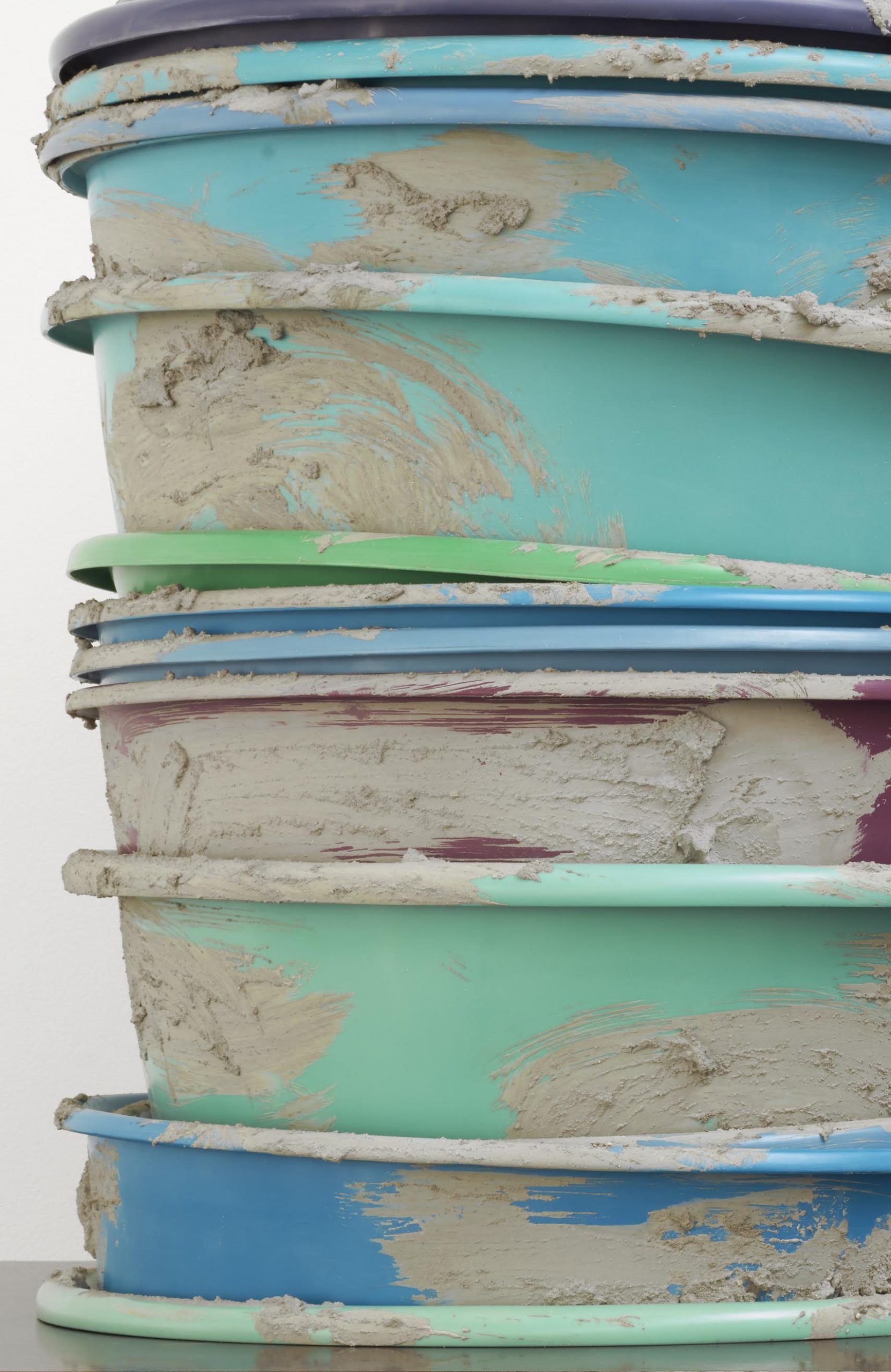
Phillip Lai at Edouard Malingue Gallery, Hong Kong 26, through 5 May
Exhibitions by Phillip Lai tend to be masterclasses in getting the most out of the least. The Malaysian-born, London-based artist uses the overly precious setting of the gallery space to pull objects – cooking utensils, kitchen fittings, plastic tubs, sheets of jute, etc – out of their utilitarian context in such a way as to force viewers to think about them as discrete objects, or things in and of themselves, while in the process challenging the assumptions we make about their functionality and attendant concerns such as, for example, the social status of the person who might own such an object, its role in their lives and that relation in respect to one’s own style of living. Such objects might be a paint- or glue-stained plastic bowl (an object from the artist’s studio?) or a similar, but clean, plastic bowl mounted on the wall and filled with a small amount of rice (preparation for cooking?): they’re the same but different, and we process the information about these objects (even if they have material, proportional and functional equivalence) in a different manner as a result. In the Half Life at Edouard Malingue Gallery’s Hong Kong space features Lai’s latest works, and if you’re tempted to think of them as being like Subodh Gupta’s without the polish, don’t: Lai sometimes uses polish too.
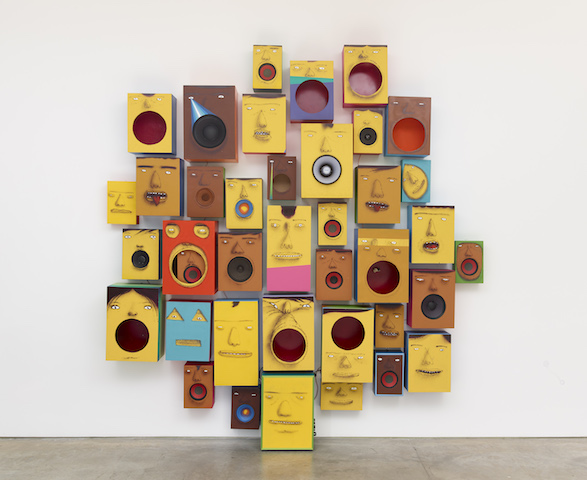
OSGEMEOS at Lehmann Maupin, Hong Kong, through 12 May
While Lai often takes objects we might associate with the street into the gallery, the art practice of identical twin brothers Gustavo and Otavio Pandolfo, better known as OSGEMEOS, has evolved from early days on the streets of São Paulo, where they made graffiti art that mixed pop-cultural influences and folk art traditions, to a highly successful gallery career (although that’s not to say that they no longer make murals). They’ll be bringing some of their figurative paintings (many of which feature their signature yellow characters – let’s see how that pans out when transported from their native Brazil to East Asia) to Lehmann Maupin Hong Kong, as well as a sound installation, White Carnival (2016), a collagelike assembly of speakers, each of which is painted as if it were the widemouthed head of a singer in a choir.
From the Spring 2018 issue of ArtReview Asia
